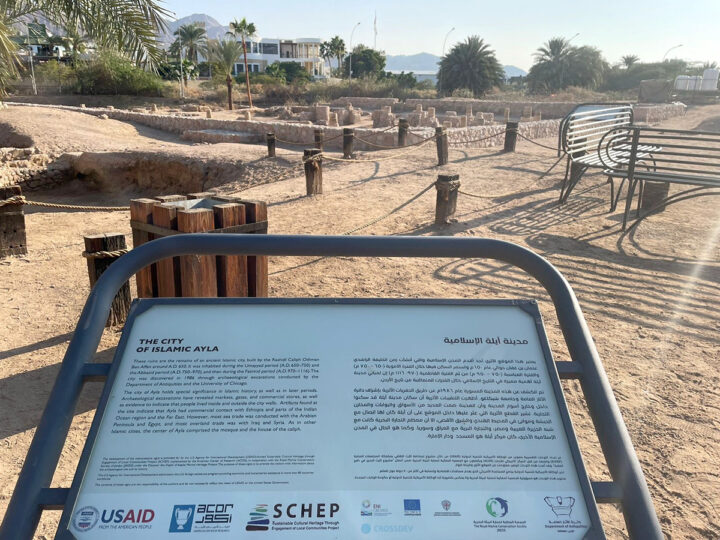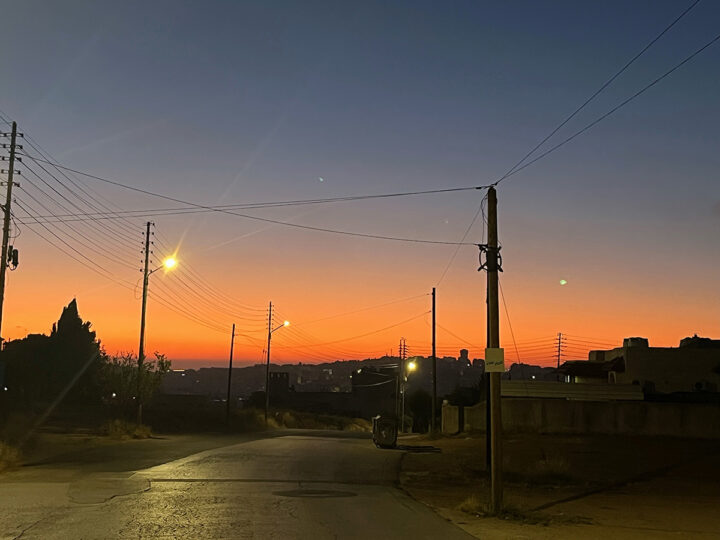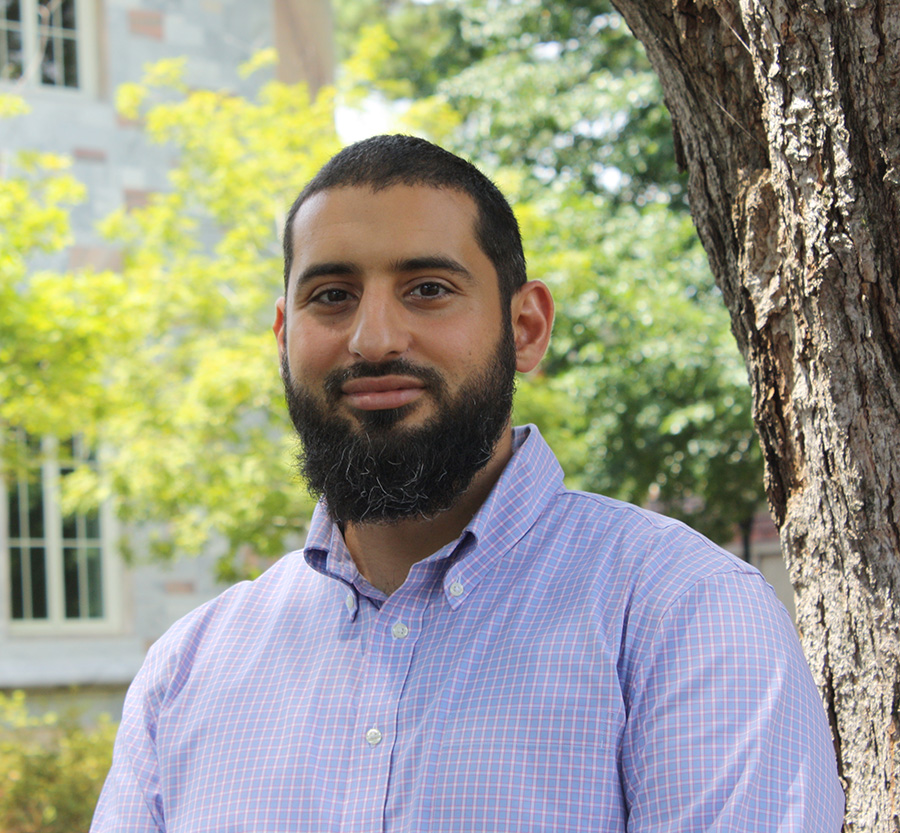by Kareem Rosshandler
I had the privilege of staying at the American Center of Research during the months of May, June, and July of 2025 and conducting research on depictions of Midian/Madyan in the Hebrew Bible and the Qur’an. Historically, Midian/Madyan is believed to have been located in the northwestern Arabian Peninsula, with its northernmost boundaries around Jordan’s Gulf of Aqaba and its capital in Saudi Arabia’s Tabuk region. In the Hebrew Bible, Midian represents the place where the Prophet Moses is said to have escaped and settled, as well as where the Israelites lived between their exodus from Egypt and arrival in Canaan. The Hebrew Bible is so rich with allusions to God and Midian that since the nineteenth century, a school of biblicists have argued that the Israelites first adopted their conception of their deity from a people who lived there, in what has become known as the Midianite-Kenite Hypothesis. As the idea is based on a scholarly “hunch” rather than a substantial body of evidence, it remains a hypothesis. The biblical allusions are rich, but the archaeological record on Midian has only recently emerged and has yet to reveal anything about the land’s religious landscape (Fig. 1). Naturally, any relevant literature from the Semitic milieu of late antiquity comes as a welcome source of insights.

Here we come to the Qur’an. Although certainly beyond the secular paradigm of the Midianite-Kenite Hypothesis, the Qur’an lends weight to the idea that in Madyan there was a precedent for Israelite religious thought. While the Qur’an shares with the Hebrew Bible the account of the Prophet Moses meeting his father-in-law in Madyan, it also features a unique account of a Prophet Shu’aib, who is portrayed as having preached there centuries before the Prophet Moses or the Israelites arrived. Whereas the Hebrew Bible calls the Prophet Moses’s father-in-law “the Priest of Midian” without saying anything about this priest’s religion, the Qur’an conveys a continuity of beliefs between him and his regional predecessor, the Prophet Shu’aib. Although the Qur’anic style generally lends to thematic continuity between prophets, it would appear that the Qur’an is specifically highlighting Madyan’s regional religious significance; not only does Madyan account for one of the few place names in the scripture, but it is also the only land in which the stories of both an “Arabian” and a “biblical” prophet—Shu’aib and Moses, respectively—take place. This significance might not have been lost on the Qur’an’s 7th-century audience in the neighboring Hejaz, for whom Madyan was a cultural-spatial bridge between them and Palestine. One example of how the Qur’an impresses religious significance upon Madyan is how it insists on its location for Mount Sinai. The Qur’an insisted on a Midian location despite the belief current since the 4th century that this mountain was located in Egypt’s Sinai Peninsula, an association cemented by Justinian I’s construction of the St. Katherine’s Monastery there. Mount Sinai’s location is just one case in which the Qur’an subtly weighs in on important debates among biblicists.

I am honored to have resided and conducted research at ACOR (Fig. 2). It is a place of gathering for archaeologists and enthusiasts of the region’s history. The library has for decades facilitated research that draws from diverse primary and secondary sources, putting archaeological findings in conversation with religious scriptures and their commentaries. Most importantly, ACOR is the home of a cohort of researchers and scholars from a range of disciplines, all converging on their interest in the region. I am honored to be the first ACOR fellow since 2002 to be awarded a grant focused on Qur’anic research and hope to see more projects like it in the future. I would like to extend my warmest gratitude to my fellowship grantors, Dr. Pierre and the late Dr. Patricia Bikai, for their generous patronage of my research, as well as ACOR’s staff for facilitating such a comfortable, welcoming stay.

Kareem Rosshandler was the 2025–2026 recipient of the Pierre and Patricia Bikai Fellowship. He is a PhD student at Emory University in the fields of Islamic studies and comparative religions. Prior to resuming his academic career, he served as a researcher and project manager at the West Asia-North Africa Institute in Amman, Jordan. His focus areas included human security, international trade, and refugee inclusion. He received his BA from the George Washington University and his MA in Middle Eastern studies from the University of Chicago.